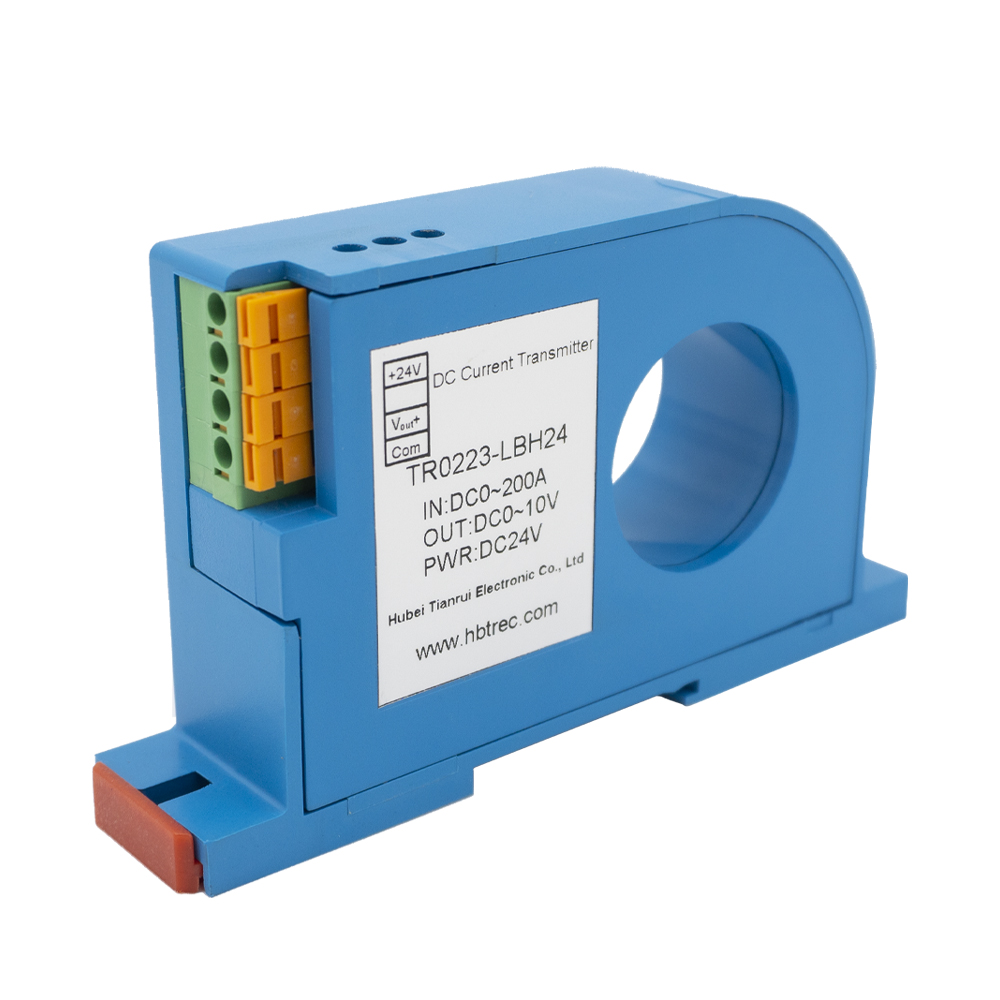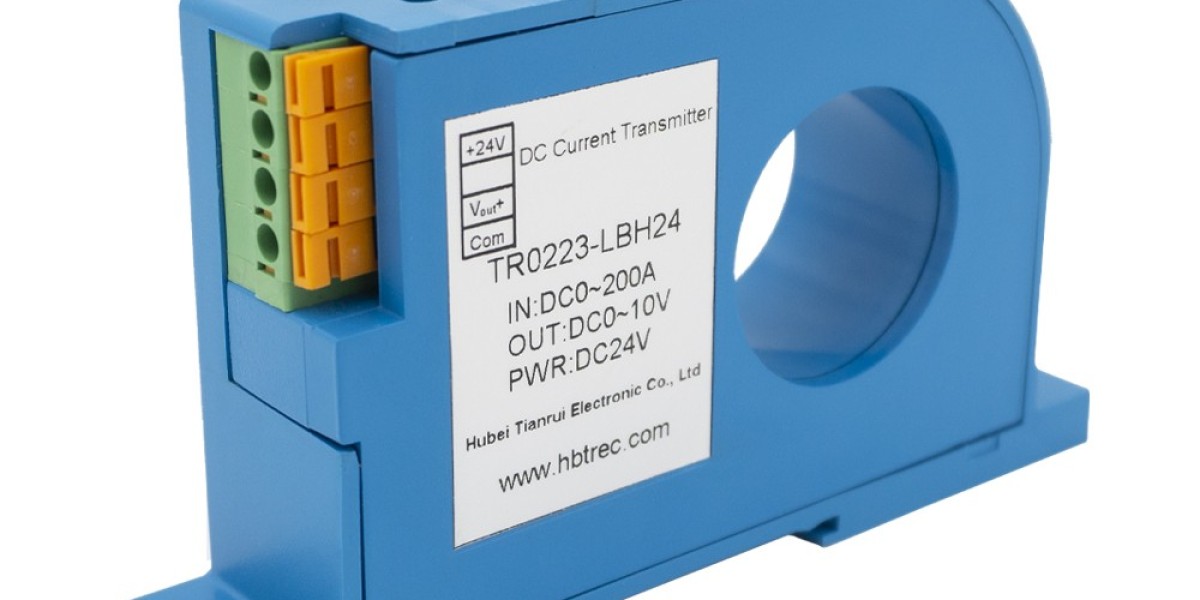Accurate and reliable measurement of electrical current is critical in industrial automation, energy management, and electrical monitoring systems. The high-precision AC/DC current transmitter plays a vital role in ensuring that current readings are both consistent and accurate, enabling safe operation, improved efficiency, and effective process control. This article explores the key features, benefits, and applications of AC/DC current transmitters, highlighting why they are essential components in modern electrical systems.

What is an AC/DC Current Transmitter?
An AC/DC current transmitter is a device that converts alternating current (AC) or direct current (DC) signals into standardized analog or digital output signals for monitoring, control, and protection purposes. These transmitters are widely used in industrial, commercial, and power generation applications to measure current flow, detect overloads, and provide precise feedback to control systems.
Unlike traditional current measurement methods, high-precision AC/DC current transmitters ensure stable readings, fast response times, and minimal signal distortion. They are compatible with a variety of systems, from low-voltage machinery to high-voltage distribution networks.
Key Features of High-Precision AC/DC Current Transmitters
1. High Accuracy and Precision
Modern AC/DC current transmitters are engineered for superior accuracy, often achieving measurement errors of less than 0.5%. This ensures that system operators can rely on exact current readings for both monitoring and control purposes.
2. Wide Input Range
These transmitters can handle a broad range of current inputs, from milliamps to hundreds of amperes. The wide input range makes them suitable for various applications, including industrial machinery, electrical substations, and renewable energy systems.
3. Fast Response Time
High-precision transmitters respond quickly to changes in current, allowing real-time monitoring and instant system feedback. This feature is critical in preventing overloads, ensuring machine safety, and maintaining stable power distribution.
4. AC/DC Compatibility
The ability to measure both AC and DC currents with a single transmitter provides versatility and simplifies system design. It eliminates the need for separate devices for alternating and direct current applications.
5. Robust Design and Reliability
Engineered with high-quality materials and components, these transmitters offer long-term stability and resistance to environmental factors such as temperature fluctuations, vibration, and electrical noise. Their durability ensures continuous, reliable operation in demanding industrial conditions.
6. Easy Integration
AC/DC current transmitters are designed for seamless integration with existing control systems, programmable logic controllers (PLCs), and data acquisition systems. Standardized analog outputs such as 4-20 mA or 0-10 V make connectivity simple and reliable.
Benefits of Using AC/DC Current Transmitters
Improved System Safety – Accurate current measurements prevent overloads and protect equipment from damage.
Enhanced Energy Efficiency – Monitoring current allows operators to optimize power usage and reduce energy costs.
Reliable Process Control – High-precision readings support precise automation and control processes.
Reduced Downtime – Early detection of anomalies helps prevent equipment failure and production interruptions.
Versatility Across Applications – Compatible with both AC and DC currents, suitable for a wide range of industrial and commercial environments.
Applications of AC/DC Current Transmitters
The versatility of AC/DC current transmitters allows them to be used in multiple industries and applications:
Industrial Automation – Monitoring motor currents, conveyor systems, and production machinery.
Power Generation and Distribution – Measuring current flow in substations, switchgear, and transformers.
Renewable Energy Systems – Ensuring accurate current measurements in solar, wind, and hybrid power systems.
Building Management Systems – Controlling HVAC systems, lighting, and electrical load management.
Laboratory and Research Applications – Providing precise current readings for testing and experimental setups.
By delivering consistent and reliable measurements, these transmitters enable smarter decision-making and optimized system performance.
Conclusion
The high-precision AC/DC current transmitter for reliable measurement is an indispensable component in modern electrical systems. Offering exceptional accuracy, fast response, AC/DC compatibility, and robust reliability, these transmitters ensure safe and efficient operation across industrial, commercial, and renewable energy applications.
By integrating AC/DC current transmitters into electrical monitoring and control systems, operators can enhance energy efficiency, reduce downtime, protect equipment, and achieve precise process control. For businesses and industries seeking accurate current measurement and long-term reliability, investing in high-precision AC/DC current transmitters is a strategic and essential choice.
https://www.hbtrec.com/high-precision-ac-dc-current-transmitter-for-reliable-measurement.html







